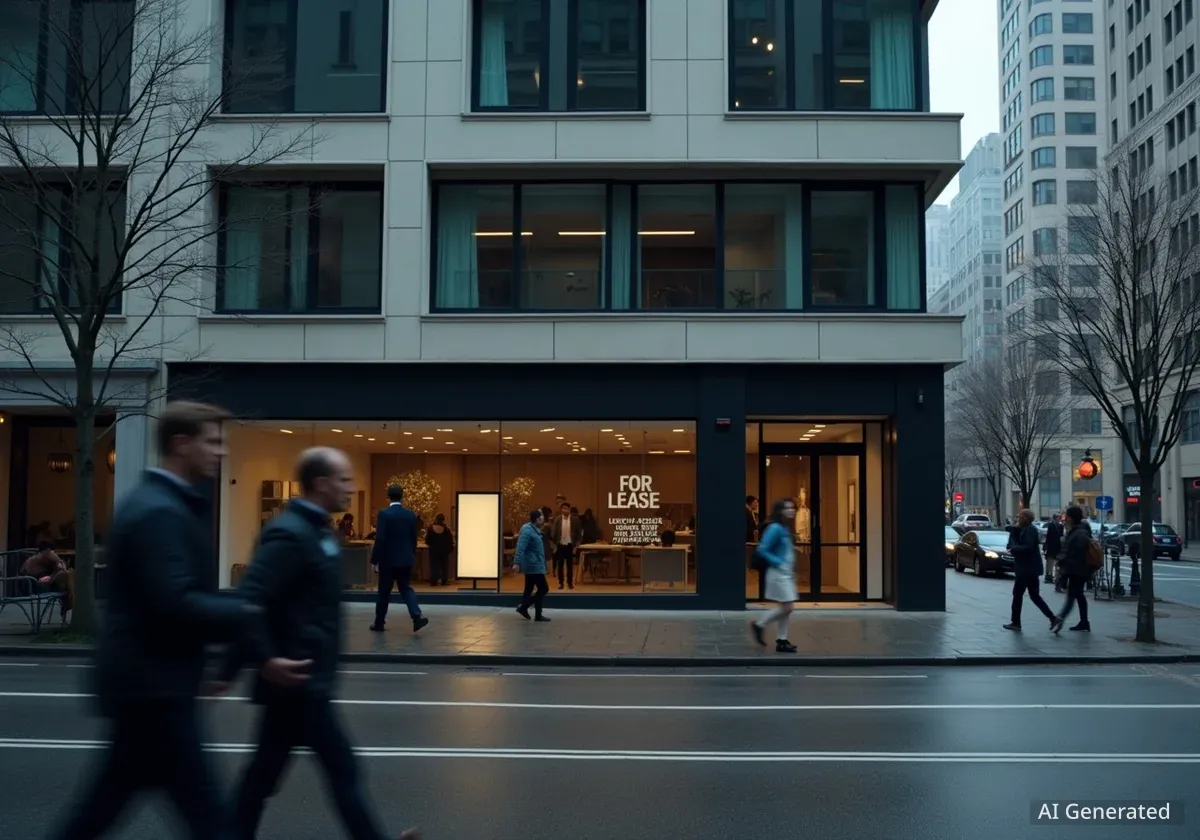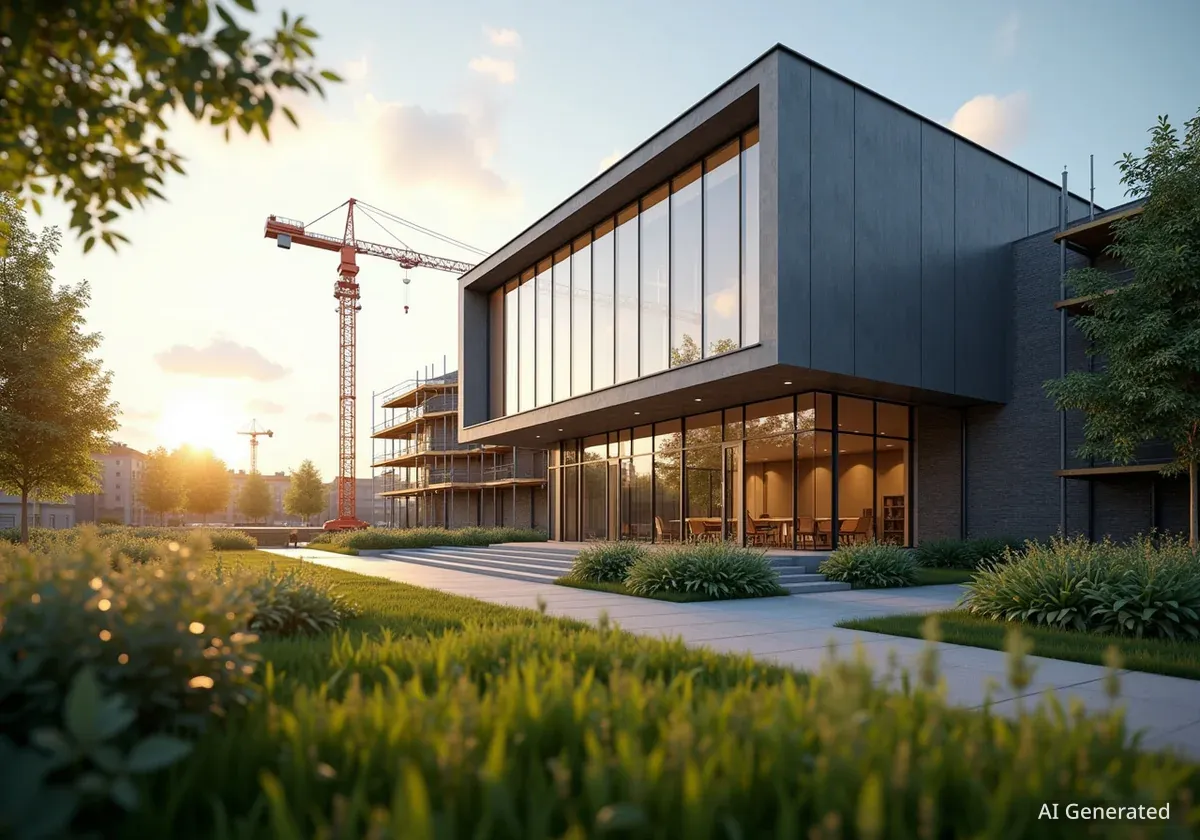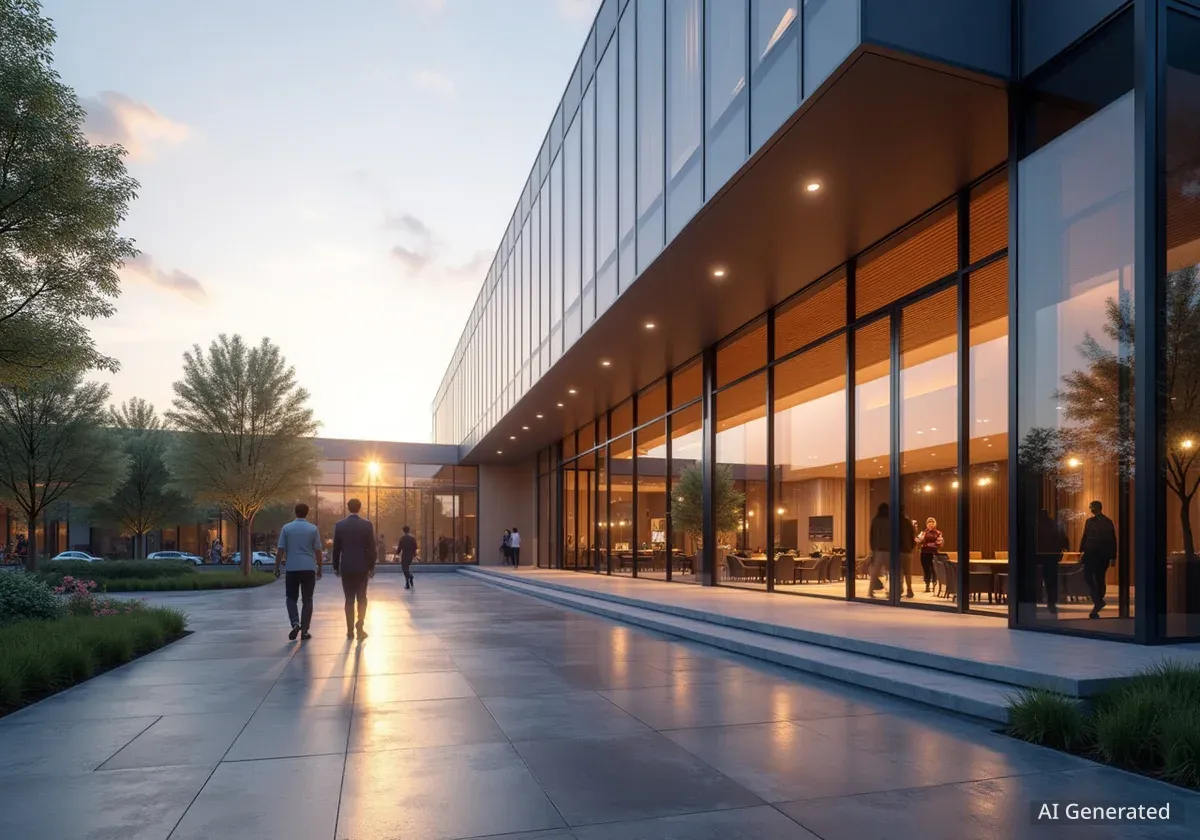Starbucks has permanently closed as many as six of its coffee shops in the Baltimore area over a single weekend, leaving customers and some employees with little to no advance notice. The sudden shutdowns are part of a larger pattern of store closures by the coffee giant across the United States, raising questions about the company's strategy in urban markets.
The closures affect various neighborhoods, from commercial districts to residential areas, prompting local discussion about the economic health of these communities and the reasons behind the company's decision. While Starbucks has not issued a single comprehensive statement for the Baltimore closures, the move aligns with recent corporate actions in other major cities.
Key Takeaways
- At least six Starbucks stores in the Baltimore metropolitan area ceased operations permanently over one weekend.
- The company has cited various factors for closures nationally, including safety concerns and underperformance, but has not provided a specific reason for each Baltimore location.
- These closures are part of a broader trend of Starbucks re-evaluating its store portfolio in major U.S. cities.
- The shutdowns have sparked concern among local residents and officials regarding their impact on neighborhood vitality and employment.
Details of the Baltimore Store Closures
The wave of closures became apparent to Baltimore residents over the weekend as they found their local Starbucks shops unexpectedly shuttered. Signs posted on the doors of several locations confirmed the permanent nature of the shutdowns, thanking customers for their patronage and directing them to other nearby stores.
While an official list from the company has not been released, local reports and online store locators indicate that multiple locations across the city and surrounding county are affected. The abruptness of the decision has been a key point of frustration for many long-time customers who considered the coffee shops to be community hubs.
This action in Baltimore is not an isolated event. It reflects a strategic shift within Starbucks as it navigates a changing retail landscape. The company has closed hundreds of stores nationally in recent years, often citing the need to adapt to new consumer habits, such as the increasing demand for drive-thru service over traditional café seating.
A Pattern of Urban Readjustment
Starbucks has been vocal in the past about challenges facing its urban stores. In 2022, the company announced the closure of 16 stores in several major cities, including Los Angeles, Philadelphia, and Seattle, citing safety concerns for employees and customers. These issues ranged from drug use in cafes to public disturbances.
It remains unclear if similar safety concerns were the primary driver for the Baltimore closures. However, the company's broader statements suggest a comprehensive re-evaluation of its physical footprint. This includes not only closing underperforming or challenging locations but also investing in new store formats that better suit post-pandemic consumer behavior.
Context: Starbucks' National Strategy
Starbucks' current strategy involves a significant portfolio review. The company is focusing on what it calls "store transformation," which includes closing some traditional café-style stores and opening more locations optimized for pick-up, delivery, and drive-thru. This shift aims to improve efficiency and profitability while adapting to changing urban dynamics and customer preferences.
Economic and Community Impact
The closure of multiple retail locations in a concentrated period can have a noticeable effect on local communities. For many, these Starbucks stores were more than just a place to buy coffee; they served as informal meeting places, remote work offices, and anchors in commercial strips.
The loss of these businesses creates vacant storefronts, which can negatively impact the perception of a neighborhood's economic vitality. It also results in job losses for baristas and store managers, adding to the economic strain on local residents. The immediate impact is felt by adjacent businesses that may have benefited from the foot traffic generated by the popular coffee chain.
Starbucks by the Numbers
- As of 2023, Starbucks operated over 16,000 company-owned and licensed stores in the United States.
- The company has stated plans to expand its total store count globally, but this includes strategic closures and relocations.
- In some fiscal quarters, the company has reported closing over 100 stores in the Americas while opening more than 400 new ones, highlighting its dynamic portfolio management.
Local officials and business leaders often view the presence of a national brand like Starbucks as a sign of a neighborhood's stability and attractiveness for investment. Consequently, their departure can raise concerns among potential investors and residents about the area's future prospects.
The Unionization Factor
It is impossible to discuss Starbucks store closures without acknowledging the context of the ongoing unionization efforts across the country. Since 2021, hundreds of Starbucks stores have voted to unionize under the banner of Starbucks Workers United, a movement that the company has actively resisted.
Critics and labor organizers have frequently accused Starbucks of closing stores as a retaliatory measure against union activity. The company has consistently denied these allegations, maintaining that each closure decision is based on legitimate business factors and a thorough evaluation of the store's performance and operational challenges.
"Every decision we make about our store portfolio is based on a framework that is grounded in our mission and promises, and serves the needs of our partners and communities," a Starbucks spokesperson has stated in response to similar closures elsewhere.
While there is no public confirmation that any of the six closed Baltimore locations were involved in union organizing, the national backdrop inevitably shapes the public conversation. The pattern of closures has led to increased scrutiny from labor advocates and the National Labor Relations Board (NLRB), which investigates unfair labor practice claims.
Navigating a Complex Retail Environment
The recent closures in Baltimore underscore the complex challenges facing large retail chains today. Companies like Starbucks must balance shareholder expectations for growth and profitability with on-the-ground realities in diverse urban markets. Factors influencing these decisions are multifaceted and include:
- Changing Consumer Habits: The rise of remote work and mobile ordering has shifted traffic patterns.
- Operational Costs: Increasing rents, supply chain issues, and labor costs put pressure on profit margins.
- Public Safety: Perceptions and realities of crime and public disorder can impact both employee morale and customer willingness to visit.
- Market Saturation: In some areas, the high density of stores may lead to self-competition, necessitating consolidation.
Starbucks' decision to close these Baltimore locations is likely a result of a combination of these factors. As the company continues to execute its reinvention plan, more communities across the country may see similar changes to their local Starbucks landscape. The long-term success of this strategy will depend on whether new and relocated stores can effectively meet the evolving needs of its customer base.





